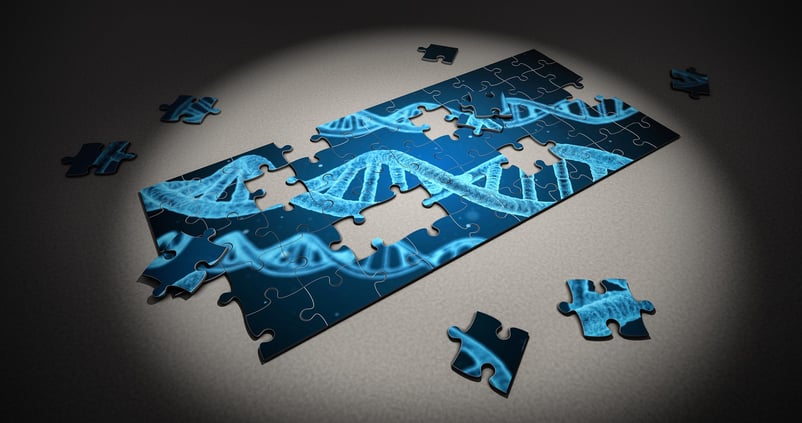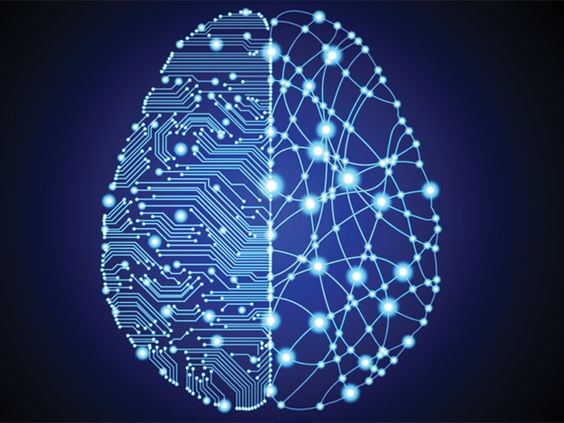The study had 25 teams using deep learning algorithms on a training set with dermatoscopy images of lentigenes, benign moles, and pathology-validated melanomas. Thereafter, the artificial intelligence (AI) algorithms were compared to 8 dermatologists in evaluating a test set of 100 dermoscopic images. While the individual computer algorithms had a similar diagnostic accuracy to the dermatologists, a fusion technique incorporating the top 5 best performing computer algorithms outperforms the average of the human dermatologists. 
Clearly, the results of this study are exciting to say the least- it is an excellent example of how digital health technologies are exponentially advancing to revolutionize the way we manage and treat patients. However, the results of this study should be interpreted with caution, as there are several key factors that influence how the data is interpreted.
- Some dermatologists had higher diagnostic performance than all of the individual and fusion algorithms.
- The data set didn't include the full spectrum of skin lesions that a dermatologist sees during a regular exam including seborrheic keratoses, and didn't include less common presentations of melanoma such as amelanotic melanoma and nodular melanomas. Similarly, it is hard to extrapolate these results to clinical practice since it can be assumed that >99.9% of all benign lesions (seborrheic keratoses, angiomas, nevi, lentigenes) are correctly identified by dermatologists.
- Additionally, the dermatologist readers or algorithmic data didn't have other data on patient age, lesion/patient historical factors which can also help with diagnosis in a real-world setting.
- Finally, computer-aided diagnosis systems for melanoma in the real-world setting has been shown to have lower performance when used by non-experts since diagnostic accuracy depends on which lesions the human reader chooses to image.
Although the examples listed above demonstrate why artificial intelligence in healthcare is still a ways away from truly surpassing medical professionals, that does not mean these intelligent dermatology tools are without valuable applications. For example, advanced skin analytics platforms such as DermEngine are using similar big data and machine learning algorithms to provide intelligent clinical decision support tools for their users (GPs, dermatologists, skin cancer specialists, residents & family physicians).
This intelligent dermatology tool, known as Visual Search utilizes content-based image retrieval (CBIR) to provide visually similar images to a submitted case along with statistics on risk of malignancy and top diagnoses of past images. In turn, this clinical decision support tool allows skin cancer specialists to receive specialized data analytics for healthcare which can enhance their feedback (without replacing their essential role as a provider).
ConclusionArtificial intelligence (AI) in dermatology and the wider healthcare industry is making impressive progress. Intelligent dermatology software like DermEngine are pioneering this concept through use of their Visual Search. Visual Search delivers analytics and clinical decision support to dermatologists. In turn, these intelligent algorithms are forever learning to uncover exciting data for medical professionals, enhance decisions, and provide support for optimized patient outcomes.
-Vladimir Ratushny, Board Certified Dermatologist





